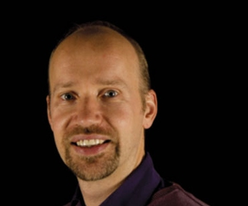Manipulating shape cues in dynamic human faces: sexual dimorphism is preferred in female but not male faces
Authors: Morrison, Ed, Clark, Andrew, Tiddeman, B. and Penton-Voak
DOI: 10.1111/j.1439-0310.2010.01839.x
Abstract:
Sexual dimorphism in the human face has been linked to attractiveness, and computer-graphic techniques have been useful in this field by allowing experimental manipulation of dimorphism. However, a limitation of much research is its reliance on static pictorial stimuli, whereas real faces are dynamic, as is much courtship behaviour throughout nature. Furthermore, little is known about possible interactions between static and dynamic facial cues and attractiveness. We adapted well-established face-morphing technology to manipulate sexual dimorphism in male and female dynamic facial displays depicting prosocial and antisocial behaviour. Masculinised and feminised versions of these videos were presented as a two-alternative forced choice task to measure preferences. Feminised female videos were preferred in both movement contexts, as expected. More surprisingly, no directional preference for masculinity or femininity was evident for the male videos in either context. Further analysis showed that the movement of the faces (prosocial vs. antisocial) had no effect on attractiveness ratings. Results were the same with static stimuli and did not conflict with findings from the wider literature using static faces. These findings suggest that the new technique we describe is a valid way to manipulate facial shape in videos and can now be widely applied to future studies of facial morphing.
